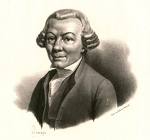 Barthez, Paul (1734-1806) proposed a Vitalism Theory in which humans were composed of three parts: the body (which decayed upon death), the soul (which went to heaven), and the “principle vitale,” or vital principle (which was returned to the universal store).
Barthez, Paul (1734-1806) proposed a Vitalism Theory in which humans were composed of three parts: the body (which decayed upon death), the soul (which went to heaven), and the “principle vitale,” or vital principle (which was returned to the universal store).
© 1996-2007 Eric W. Weisstein
Vitalism
(17TH-19TH CENTURIES)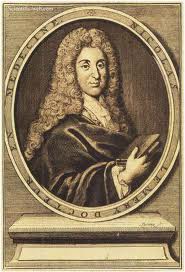 Any of various views insisting, in contrast to mechanism, that life involves a special principle and cannot be explained in terms of physical and chemical properties alone. The theory has its origins in the classification of compounds in 1675 by the French chemist Nicolas Lemery (1645-1715). He considered them as animal, vegetable or mineral according to how they originated.
Any of various views insisting, in contrast to mechanism, that life involves a special principle and cannot be explained in terms of physical and chemical properties alone. The theory has its origins in the classification of compounds in 1675 by the French chemist Nicolas Lemery (1645-1715). He considered them as animal, vegetable or mineral according to how they originated. 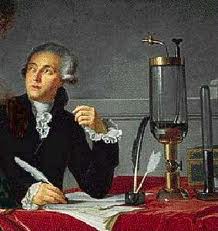 Another French chemist, Antoine Laurent Lavoisier (1743-1794), grouped the animal and vegetable compounds together but still retained the original classification.
Another French chemist, Antoine Laurent Lavoisier (1743-1794), grouped the animal and vegetable compounds together but still retained the original classification.
By the start of the 19th century, it was believed that definite and fundamental differences existed between ‘organic’ and ‘inorganic’ compounds, as substances had come to be known.
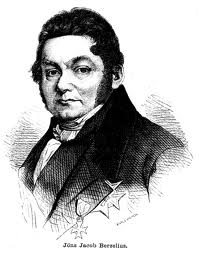 In 1815, the Swedish chemist Johan Jakob Berzelius (1779-1848) proposed that the two classes of compounds were produced from their elements by entirely different laws. Organic compounds were produced under the influence of a vital force and so were incapable of being prepared artificially.
In 1815, the Swedish chemist Johan Jakob Berzelius (1779-1848) proposed that the two classes of compounds were produced from their elements by entirely different laws. Organic compounds were produced under the influence of a vital force and so were incapable of being prepared artificially.
This distinction was ended in 1828 when German chemist Friedrich Wohler (1800-1882) synthesized the organic compound urea from the purely inorganic ammonium cyanate. In 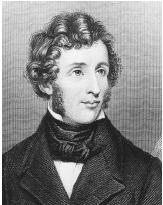 philosophical terms, the life principle involved may take the form of entelechies within living things, which are responsible for their growth and development (according to Hans Driesch (1867-1941)); or of a general life force like the elan vital of Henri Bergson (1859-1941), who rejected the kind of vitalism that postulated individual entelechies.
philosophical terms, the life principle involved may take the form of entelechies within living things, which are responsible for their growth and development (according to Hans Driesch (1867-1941)); or of a general life force like the elan vital of Henri Bergson (1859-1941), who rejected the kind of vitalism that postulated individual entelechies.
Compare with: reductionism
Also see: emergence theories, holism, CONCEPT OF HUMORALISM
Source:
E Sinnott, The Bridge of Life: From Matter to Spirit (New York, 1966);
H Driesch, The History and Theory of Vitalism (1914);
I L Finar, Organic Chemistry (London, 1973)






























